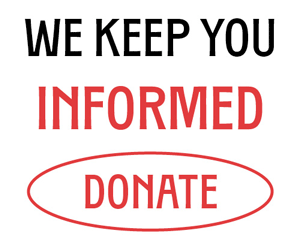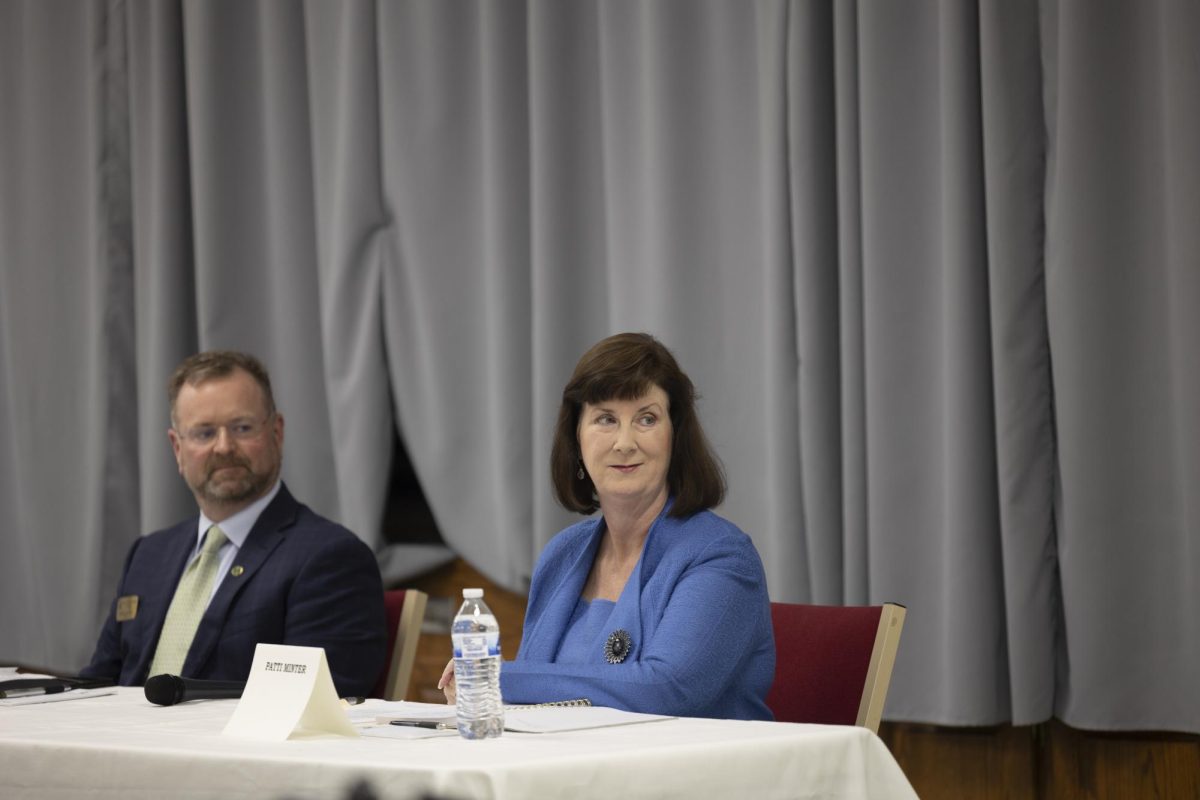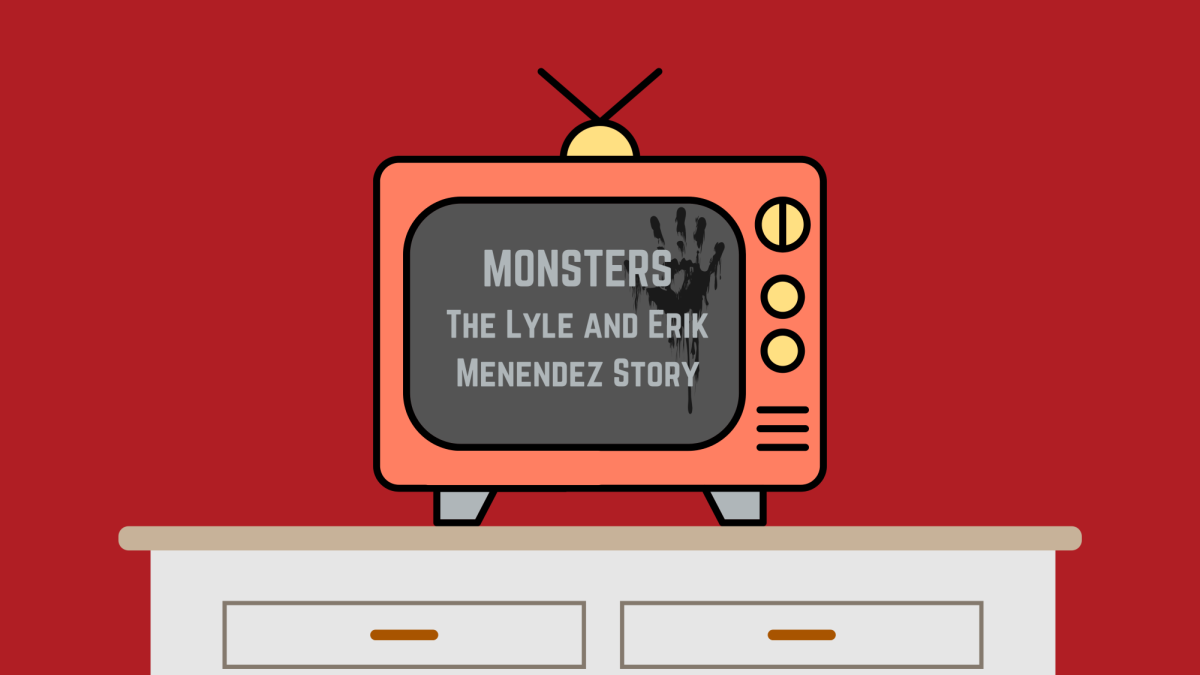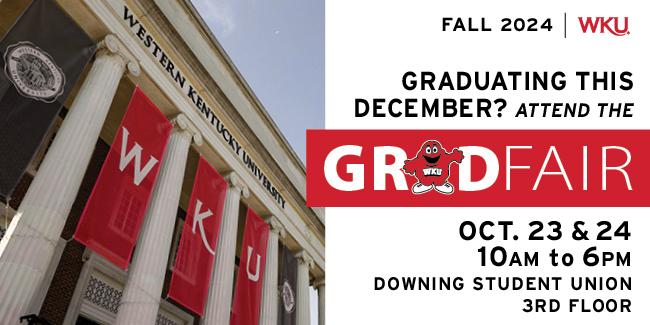The Remote: Why it’s good to be ‘Bad’
August 27, 2013
Actress Anna Gunn’s recent op-ed piece for the New York Times ruminating on why scores of people hate Skyler White has added to the multitude of reasons of why people are talking about “Breaking Bad.”
Gunn portrays Skyler White on the show, a longtime critical darling and recent ratings powerhouse for AMC.
“Breaking Bad” centers on Walter White (Bryan Cranston), a high school teacher turned meth cook turned drug kingpin turned heinously awful person.
As the wife of Walter, Skyler represents the moral right to Walter’s wretched wrong.
So why do people hate her?
Part of it is the construction of the show. As it’s set up, “Breaking Bad” encourages us to root for Walter and his cohort Jesse (Aaron Paul) in their meth-making adventures because their intentions are noble at the outset.
As a viewer, this also makes Skyler easy to hate, even though she’s representing the side of the situation that’s essentially ethical — the “not cooking meth” side.
As Gunn says in her op-ed, Skyler’s similar to Betty Draper of “Mad Men” or Carmela Soprano of “The Sopranos” — the wife who is ruining the good time of the main character, however bad that good time may be.
This moral spectrum that the characters navigate drives the show, and it’s also what drives audiences to tune in.
Consistently strong acting also helps. Cranston, Gunn and Paul give revelatory, nuanced performances in every episode.
And it’s not just me that thinks that: between the three of these actors, they’ve netted 11 Emmy nominations over the show’s five years on the air and won five so far.
The show as a whole has been nominated for 37. While accolades don’t always mean quality, they do here.
It also helps that Vince Gilligan, the show’s creator, showrunner and writer of many of the show’s episodes, is nothing short of a genius, probably on par with Walter White himself.
Gilligan has constantly pushed the show to the limit from the beginning.
His characters get put into inescapable situations so pigeonholed that there’s no room to breathe.
And then the show surfaces for air. The characters organically and ingeniously escape the chokeholds Gilligan has put them in, and the storyline is (sometimes literally) blown back open again.
This is why “Breaking Bad” works so exceptionally well. The show gets to the point where it seems like it’s in endgame mode, and then it all reverses at the drop of a hat without ever seeming forced.
Ridiculousness in the show’s overarching narrative is also handled with grace. This show has featured a nursing home explosion, a poisoned child, a high-stakes train heist and an industrial-size electromagnet.
And none of it ever feels out of place. Within the context of the show, and thanks to some stellar writing, none of these elements ever feels silly.
Some are repelled by the show’s trappings. What person would watch a show about methamphetamine?
“Breaking Bad” is about meth just as much as “Mad Men” is about smoking or “Game of Thrones” is about dragons.
“Breaking Bad” uses meth to show a man’s descent into devilry and the effect it has on those around him. It’s a narrative for the ages.
It’s been said countless times before, but the show is addictive. It’s as if Gilligan and company have somehow digitized Walter White’s mythic blue meth and worked it into the airwaves that deliver the show.
And it’ll be a hard habit to kick when the show ends in a month.
But as the show’s final-season marketing reminds us, all bad things must come to an end.














